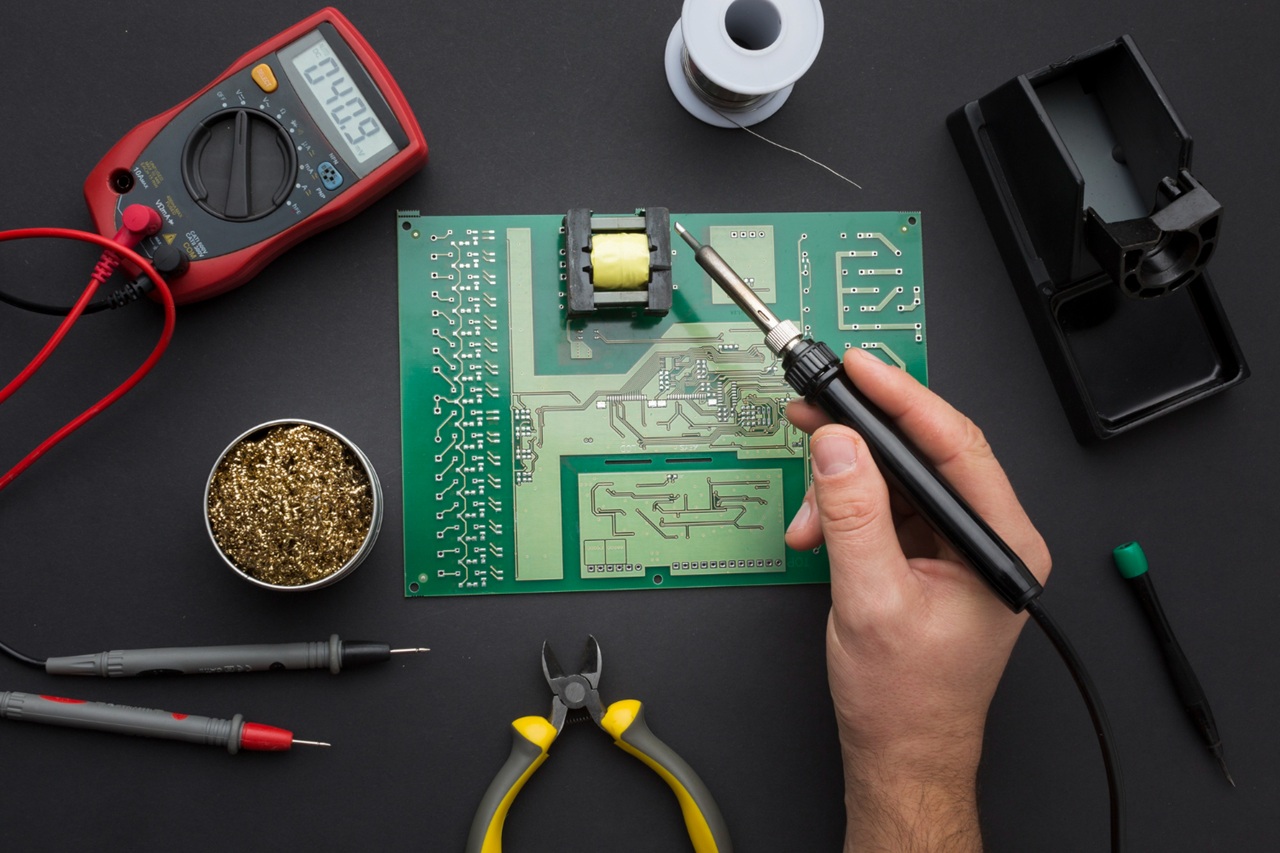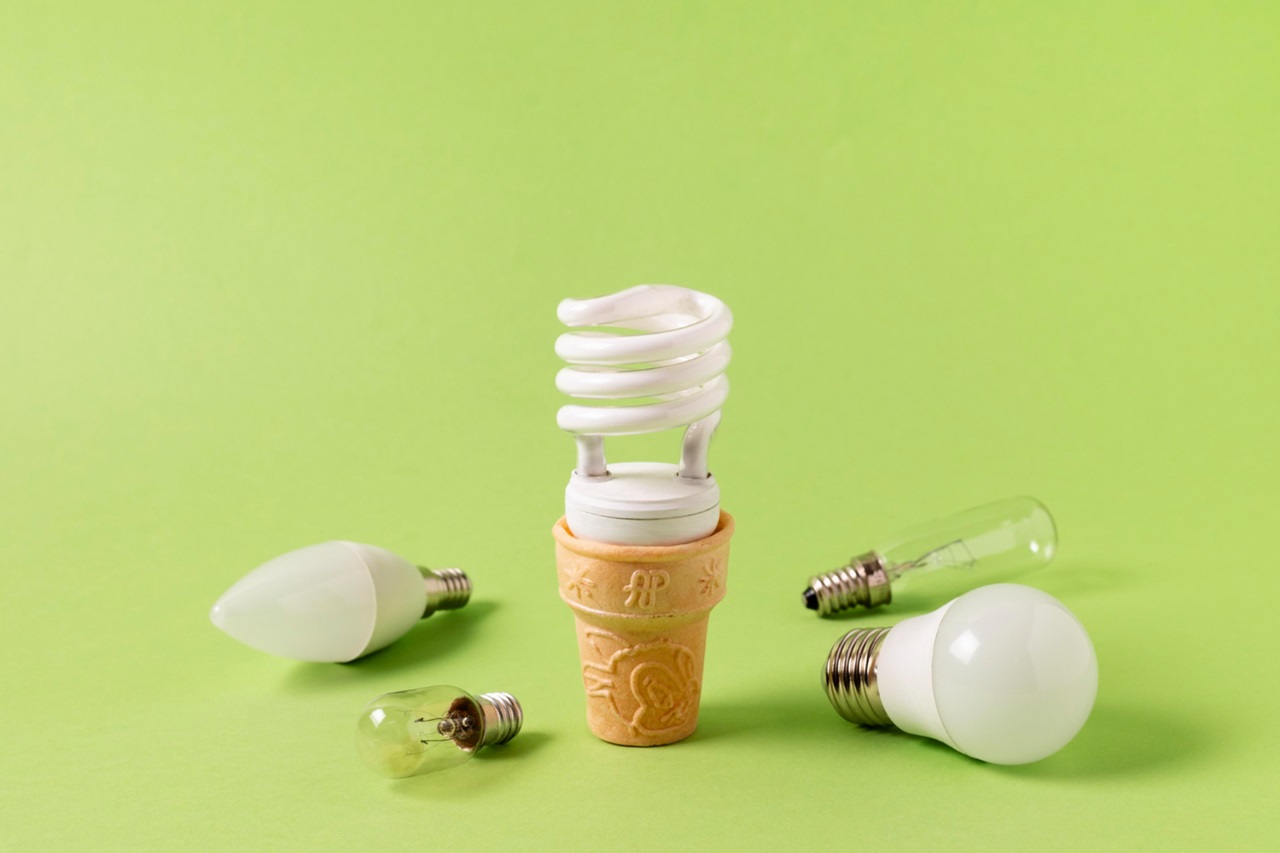IoT on a Budget: Combining Circuit Kits with Smart Tech
The Internet of Things (IoT) is revolutionizing how we interact with technology. From smart thermostats that learn your schedule to lights you can control with your phone, IoT brings convenience and innovation to everyday life. But diving into IoT doesn’t have to break the bank. With affordable circuit kits and some creativity, you can start building your own smart devices for a fraction of the cost.
In this post, we’ll explore how to combine circuit kits with IoT tech to create budget-friendly, functional smart projects. Whether you’re a hobbyist, a student, or just someone who loves tinkering, these ideas will inspire you to connect your circuits to the digital world.
Why IoT and Circuit Kits?
Circuit kits and IoT go hand in hand. Circuit kits provide the physical components to build your device, while IoT adds connectivity and control. Together, they let you create smart gadgets that you can monitor and manage remotely.
When I first started exploring IoT, I assumed it required expensive tools and advanced skills. But with a $20 microcontroller and a few components from a basic circuit kit, I was able to build a smart light switch that I could control from my phone. It was a game-changer—and surprisingly simple!
Getting Started with IoT on a Budget
Before diving into projects, let’s cover some basics.
What You’ll Need:
- Affordable IoT Platforms: Microcontrollers like the ESP8266 or ESP32 are inexpensive and built for IoT. They include Wi-Fi capabilities, making them perfect for smart projects.
- Basic Circuit Kits: These kits include essential components like LEDs, resistors, sensors, and breadboards. Many beginner kits are available for under $30.
- Software Tools: Platforms like Arduino IDE or MicroPython make programming your microcontroller straightforward.
- A Smartphone or Computer: For controlling and monitoring your devices through apps or web dashboards.
What You’ll Learn:
- Basic coding for IoT platforms.
- How to connect hardware to the internet.
- Practical skills in electronics and troubleshooting.
Project Ideas: Bringing IoT to Life
Here are five beginner-friendly projects to get you started with IoT using circuit kits and smart tech.
1. Smart Light Control
What It Does: Allows you to control lights remotely via your smartphone or a voice assistant.
What You’ll Need:
- ESP8266 microcontroller
- Relay module
- LED or light bulb
- Jumper wires and breadboard
How It Works:
The relay module acts as a switch to control the light. By connecting the ESP8266 to your Wi-Fi network, you can send commands from your phone to turn the light on or off. Use an app like Blynk or a custom web interface to control the setup.
Anecdote: I used this project to create a smart lamp in my living room. It was incredibly satisfying to say, “Hey Google, turn on the lamp,” and watch it respond!
2. DIY Smart Thermometer
What It Does: Measures room temperature and displays the data on your smartphone.
What You’ll Need:
- ESP32 microcontroller
- DHT11 or DHT22 temperature and humidity sensor
- Jumper wires and breadboard
How It Works:
The temperature sensor sends data to the ESP32, which uploads it to a cloud service like ThingSpeak. You can then monitor real-time temperature readings on your phone or computer.
Practical Use: Monitor the temperature in your greenhouse or pet’s living area while you’re away.
3. IoT Plant Watering System
What It Does: Automatically waters your plants when the soil is dry, and sends alerts to your phone.
What You’ll Need:
- ESP8266 microcontroller
- Soil moisture sensor
- Small water pump and tubing
- Relay module
How It Works:
The soil moisture sensor detects when the soil is dry and sends a signal to the ESP8266. The microcontroller activates the pump through the relay, watering your plants. You can also program it to send notifications when it waters the plants.
Anecdote: I built this system for my houseplants after overwatering one too many times. Now, my plants are healthier, and I don’t have to worry about forgetting to water them!
4. Smart Motion-Activated Light
What It Does: Turns on a light when motion is detected and sends an alert to your phone.
What You’ll Need:
- ESP32 microcontroller
- PIR motion sensor
- LED or light bulb
- Relay module
How It Works:
The PIR sensor detects motion and sends a signal to the ESP32, which turns on the light via the relay. You can also set it up to send notifications to your phone or log activity on a web dashboard.
Practical Use: Use this as a DIY security light for your garage or front porch.
5. IoT Weather Station
What It Does: Collects temperature, humidity, and air pressure data and displays it on a web dashboard.
What You’ll Need:
- ESP8266 microcontroller
- BME280 sensor (for temperature, humidity, and pressure)
- Jumper wires and breadboard
How It Works:
The BME280 sensor sends weather data to the ESP8266, which uploads it to a cloud service like Adafruit IO. From there, you can access the data on a smartphone or computer.
Anecdote: I set up a weather station on my balcony to monitor outdoor conditions. It’s a fun conversation starter when friends see the live data on my phone!
Tips for Success
- Start Small: Begin with simple projects like controlling an LED before moving on to more complex setups.
- Use Online Resources: Platforms like YouTube, GitHub, and forums are goldmines of tutorials and troubleshooting tips.
- Plan for Power: Ensure your projects have a reliable power source, whether it’s USB, batteries, or a power adapter.
- Experiment Freely: Once you’ve mastered a basic project, customize it to suit your needs or add new features.
- Document Your Work: Take notes and photos of your projects to help you troubleshoot and share your creations with others.
The Benefits of Budget-Friendly IoT Projects
Combining circuit kits with smart tech offers more than just cost savings. It gives you hands-on experience in electronics and programming, encourages creative problem-solving, and builds confidence in your skills. Plus, you’ll end up with personalized smart devices tailored to your needs.
When I started my IoT journey, I never imagined how empowering it would be to create my own smart gadgets. Each project was a stepping stone, teaching me new skills and inspiring bigger ideas.
Final Thoughts
IoT doesn’t have to be expensive or complicated. With affordable circuit kits and a bit of ingenuity, you can create smart devices that bring convenience and innovation to your life. Whether it’s a smart light, a plant watering system, or a weather station, the possibilities are endless—and the journey is just as rewarding as the destination.
So, grab a kit, fire up your imagination, and start building. The smart home of your dreams is closer (and cheaper!) than you think.
Happy tinkering!




Post Comment